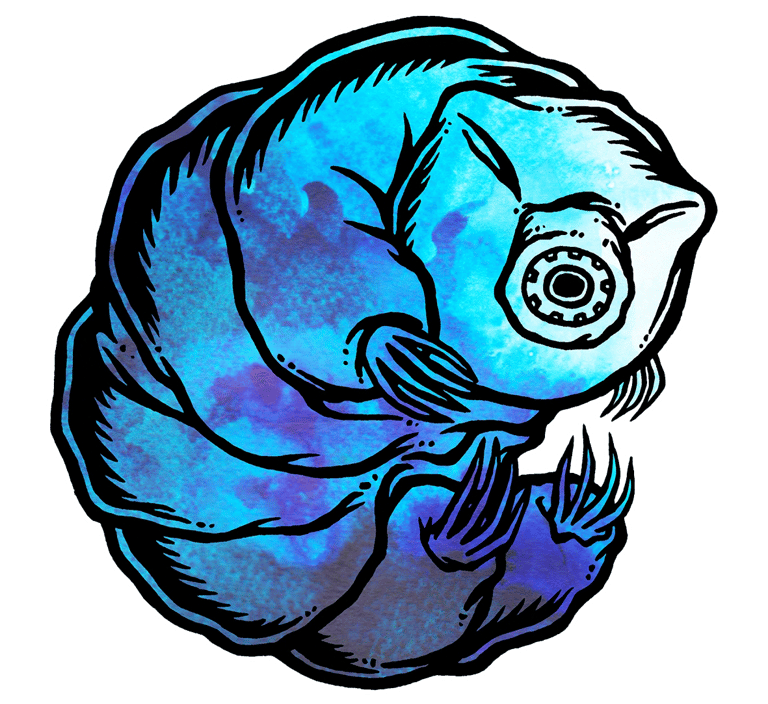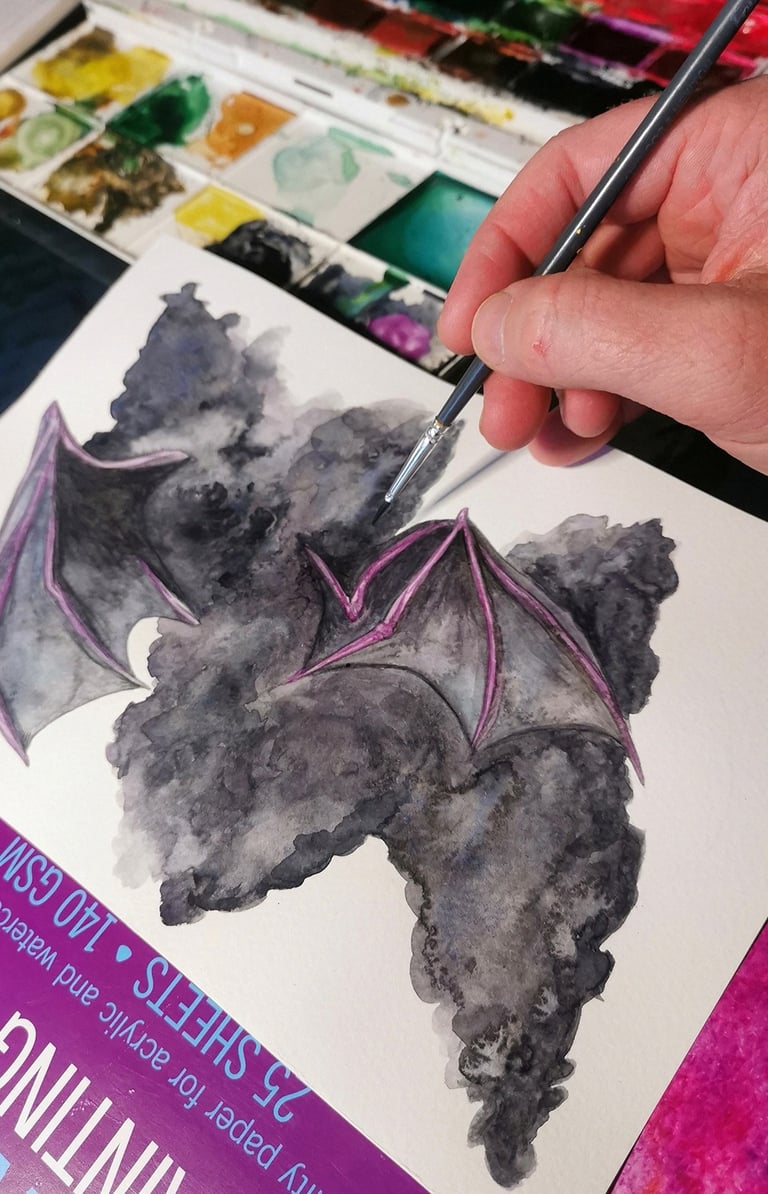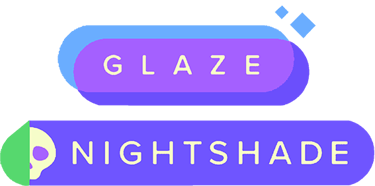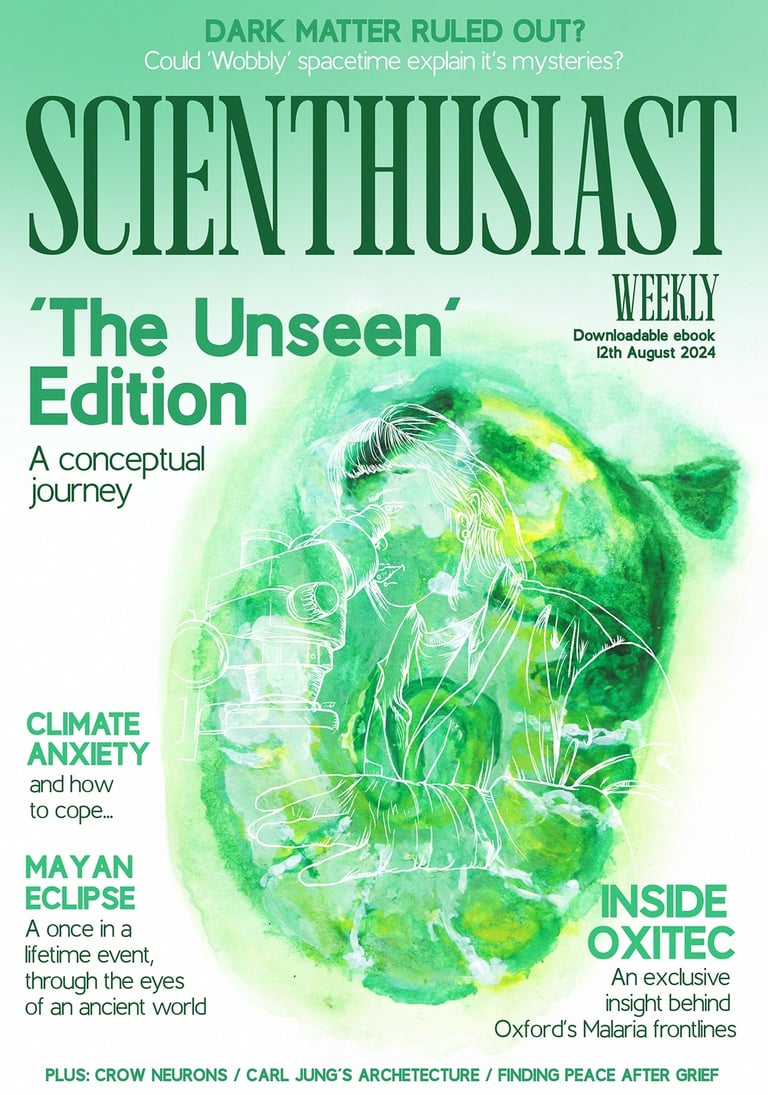

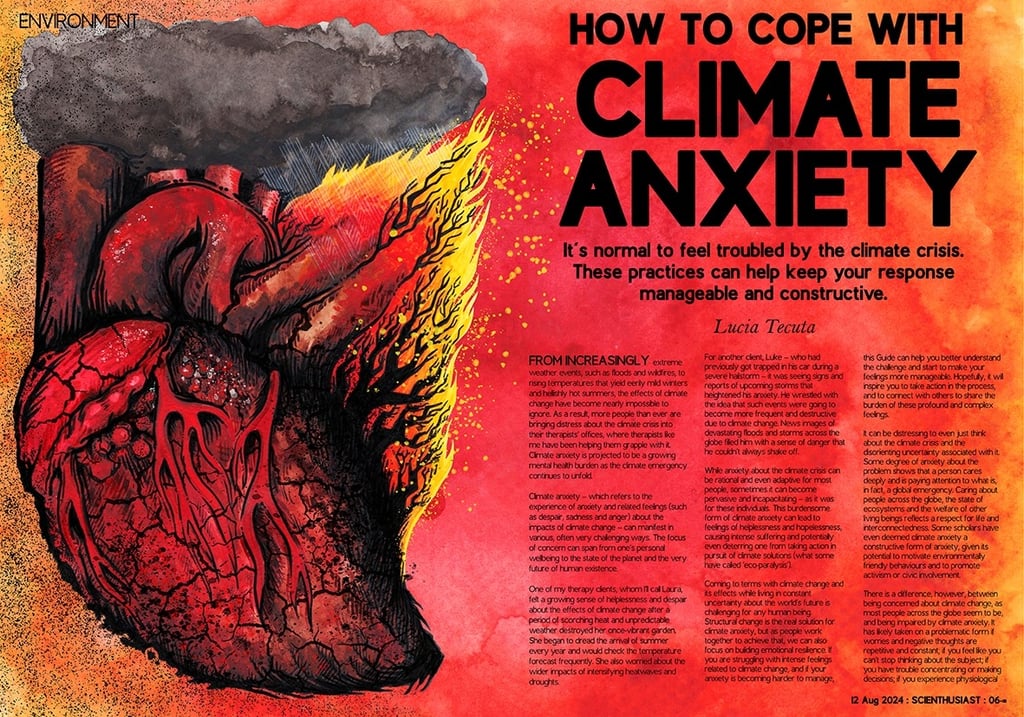

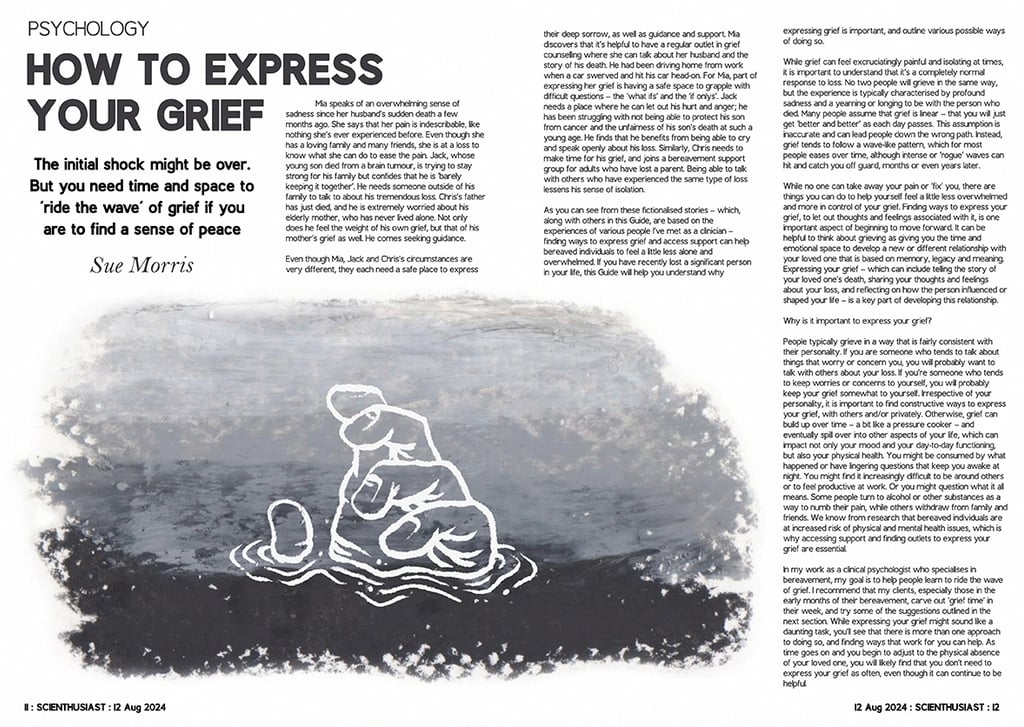

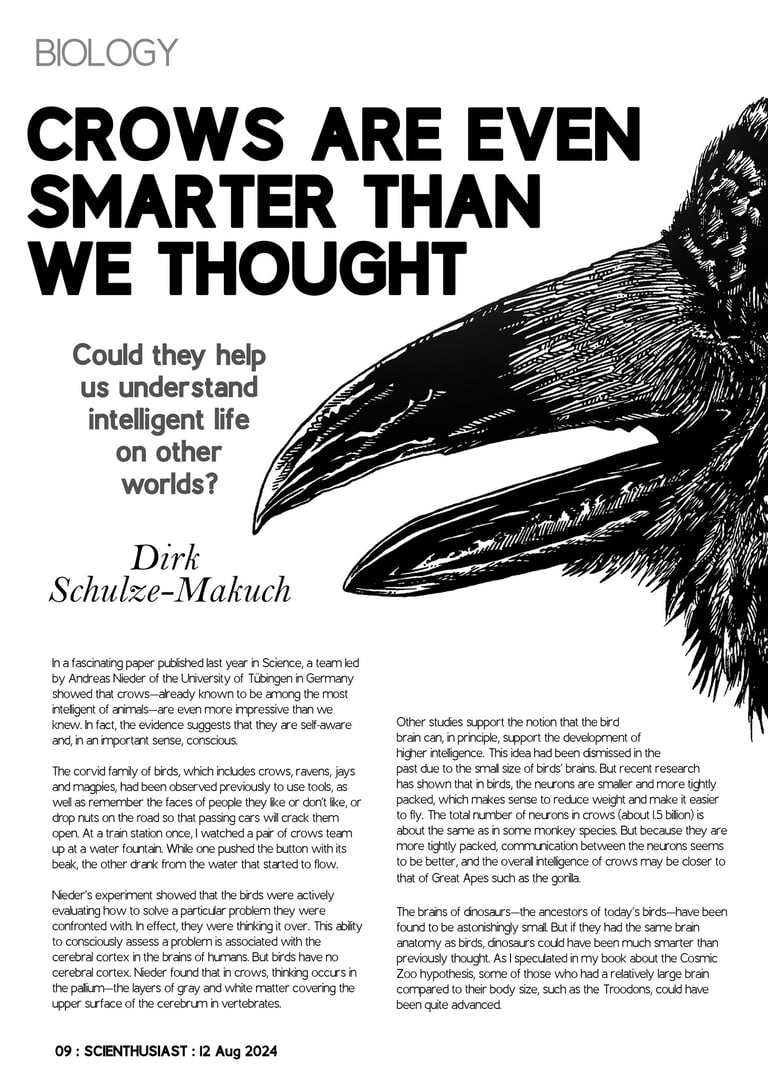

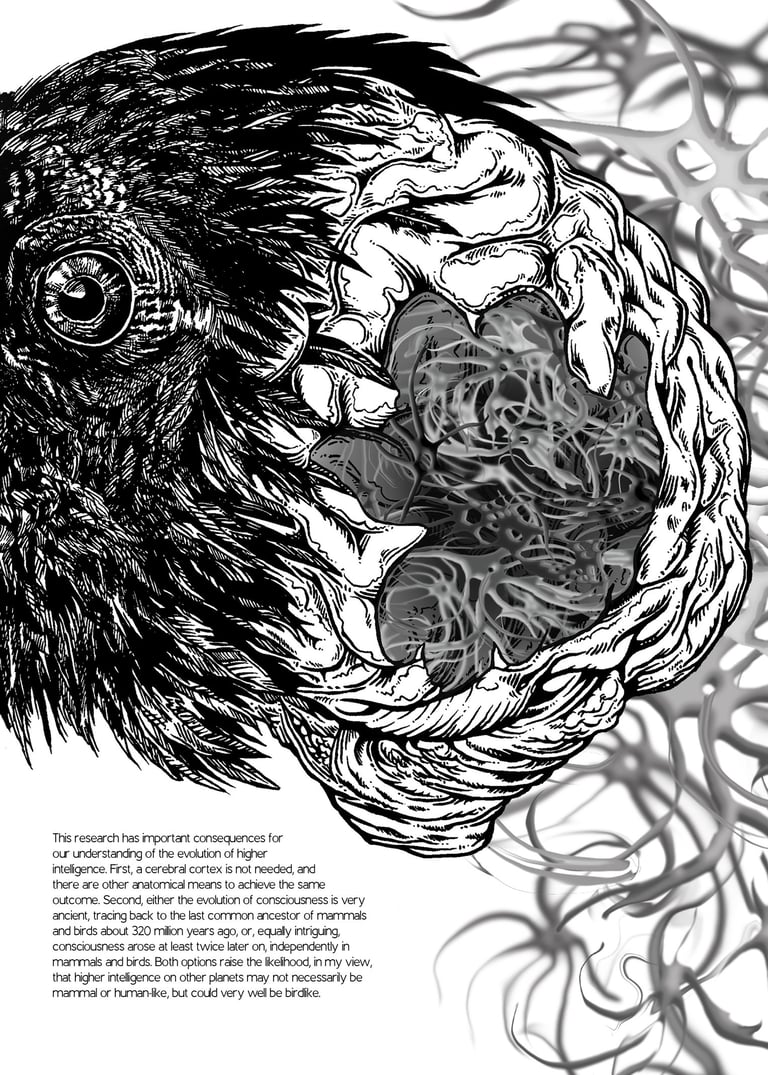

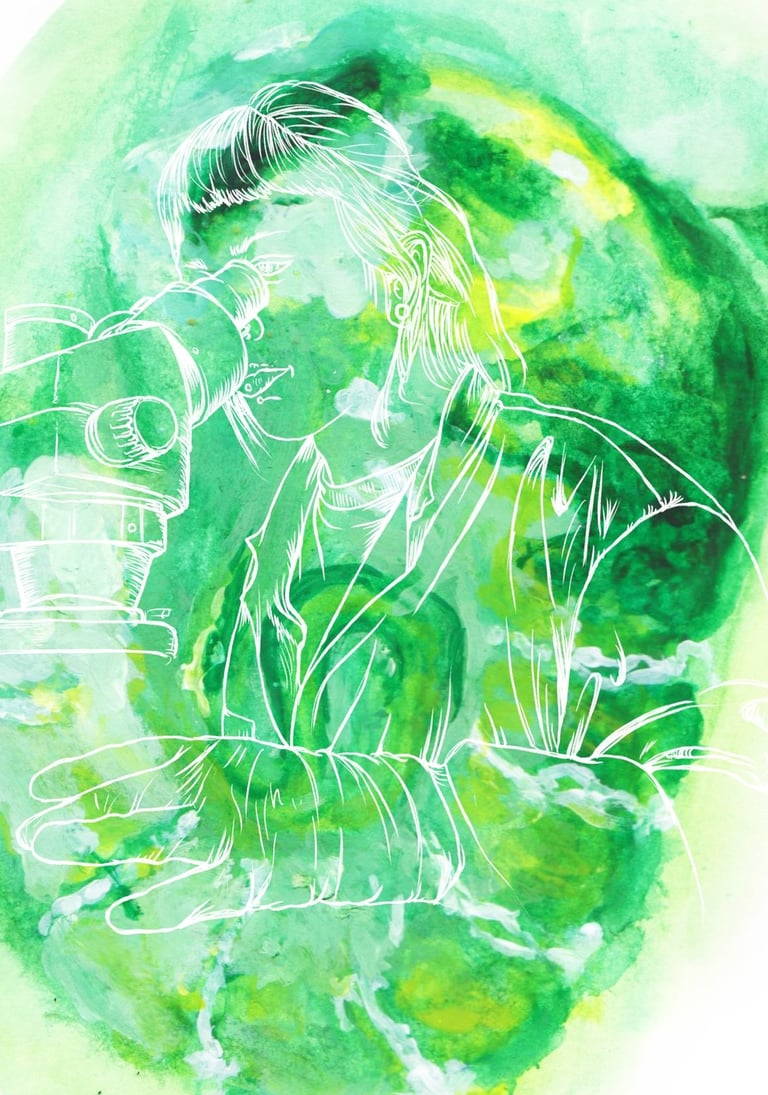

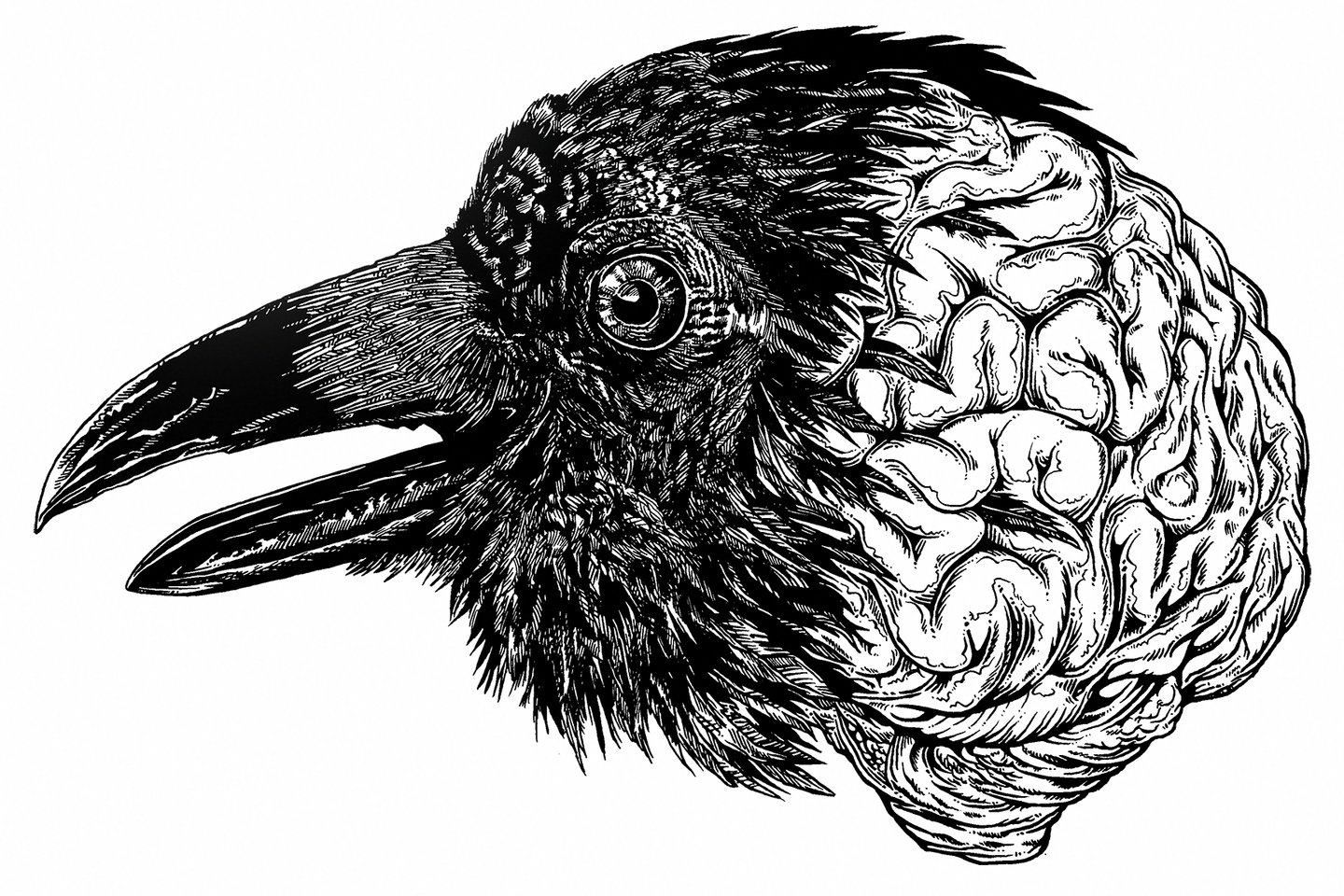

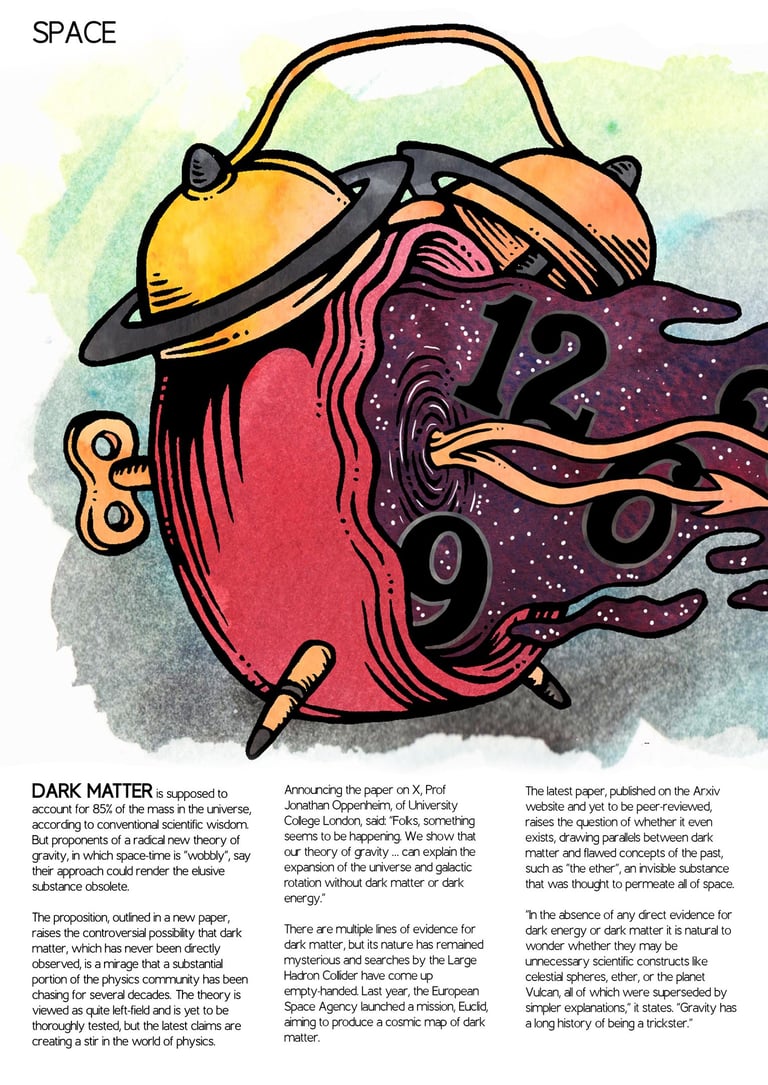

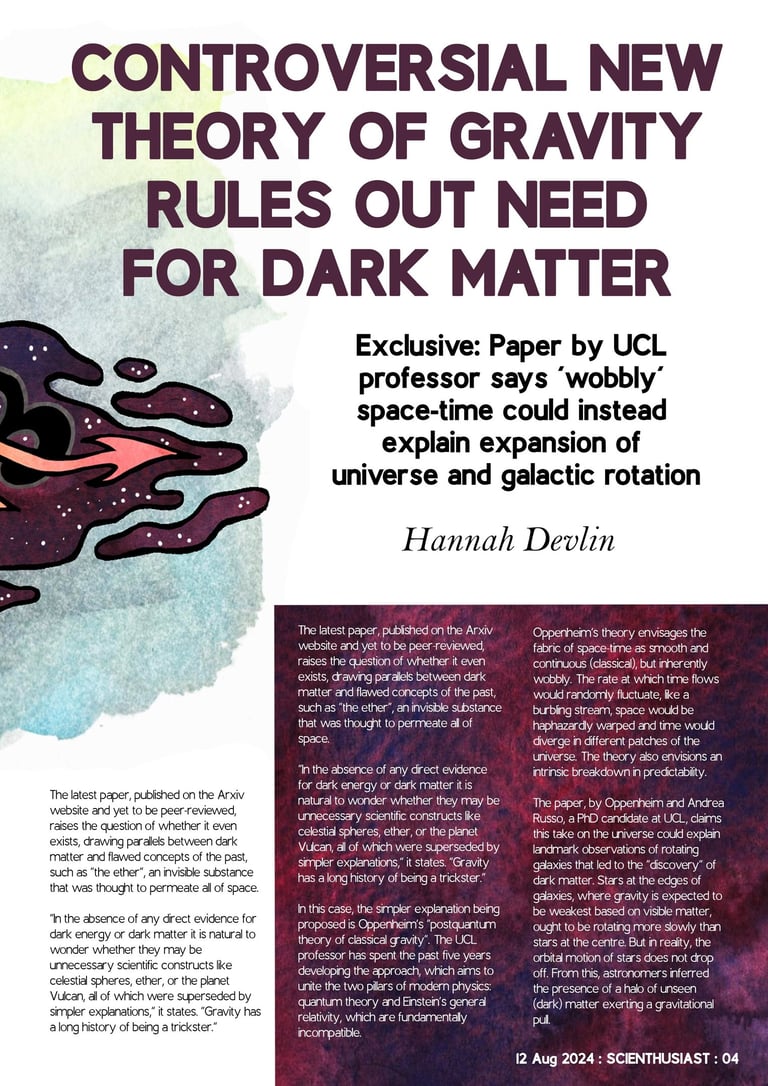





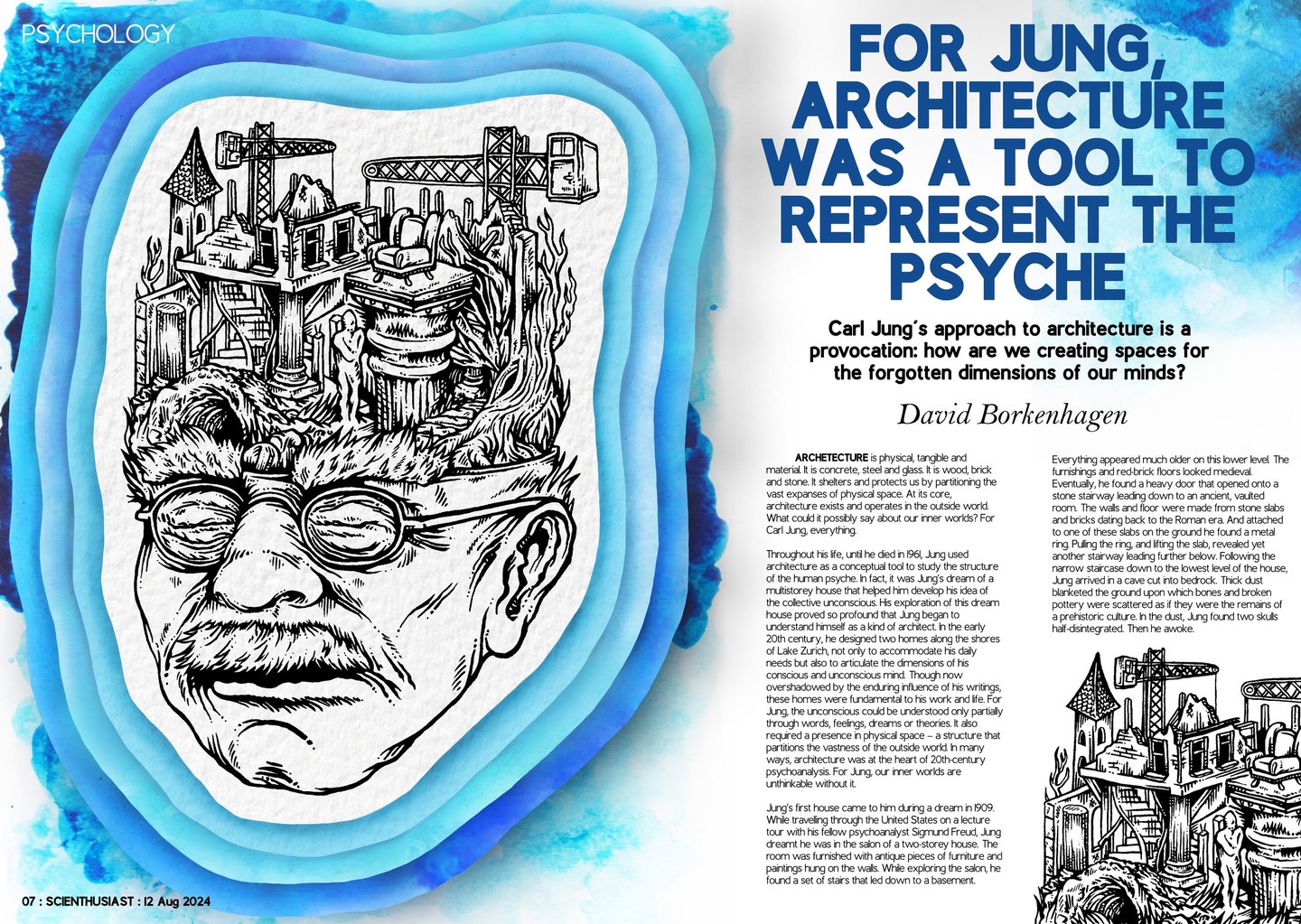

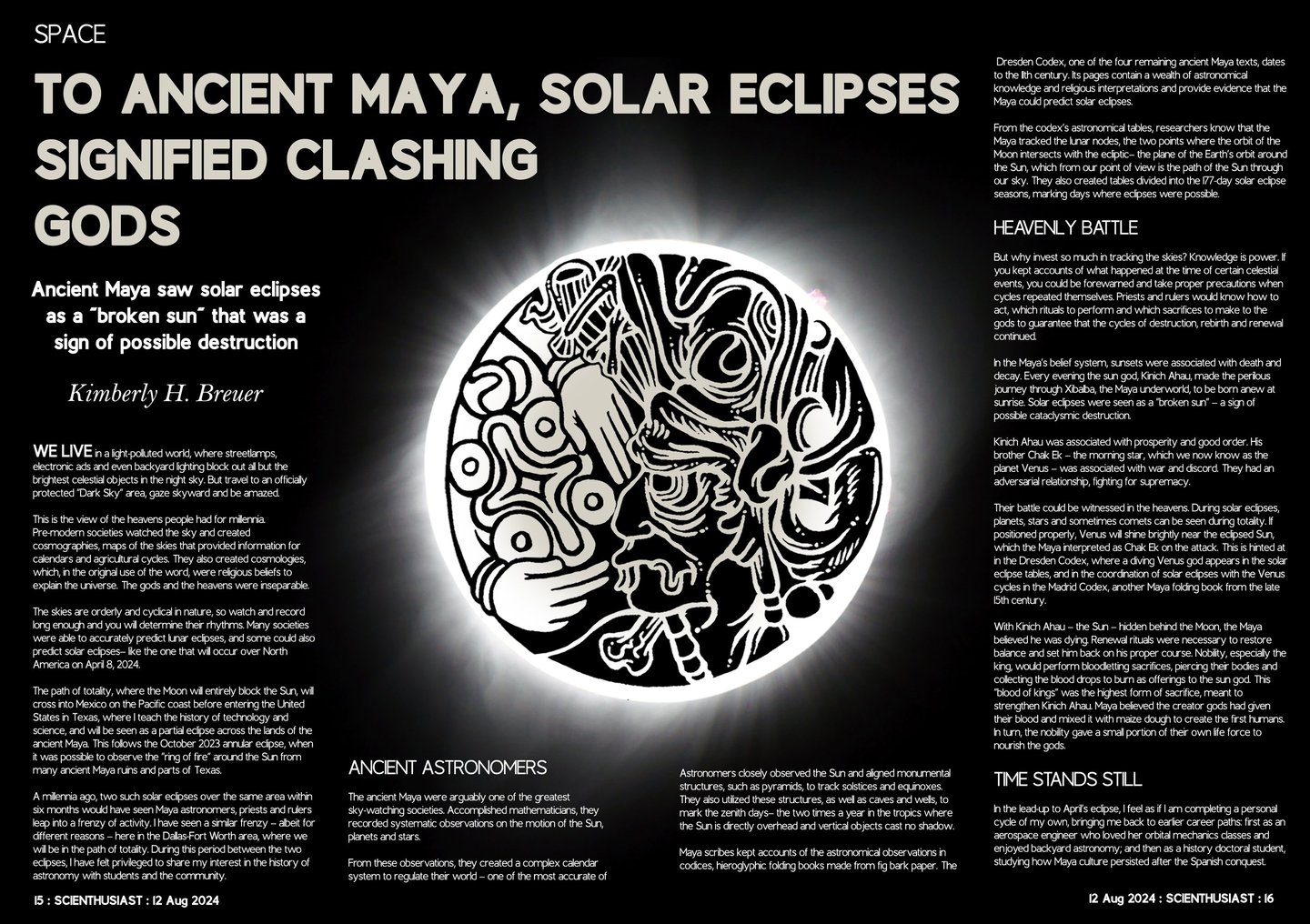

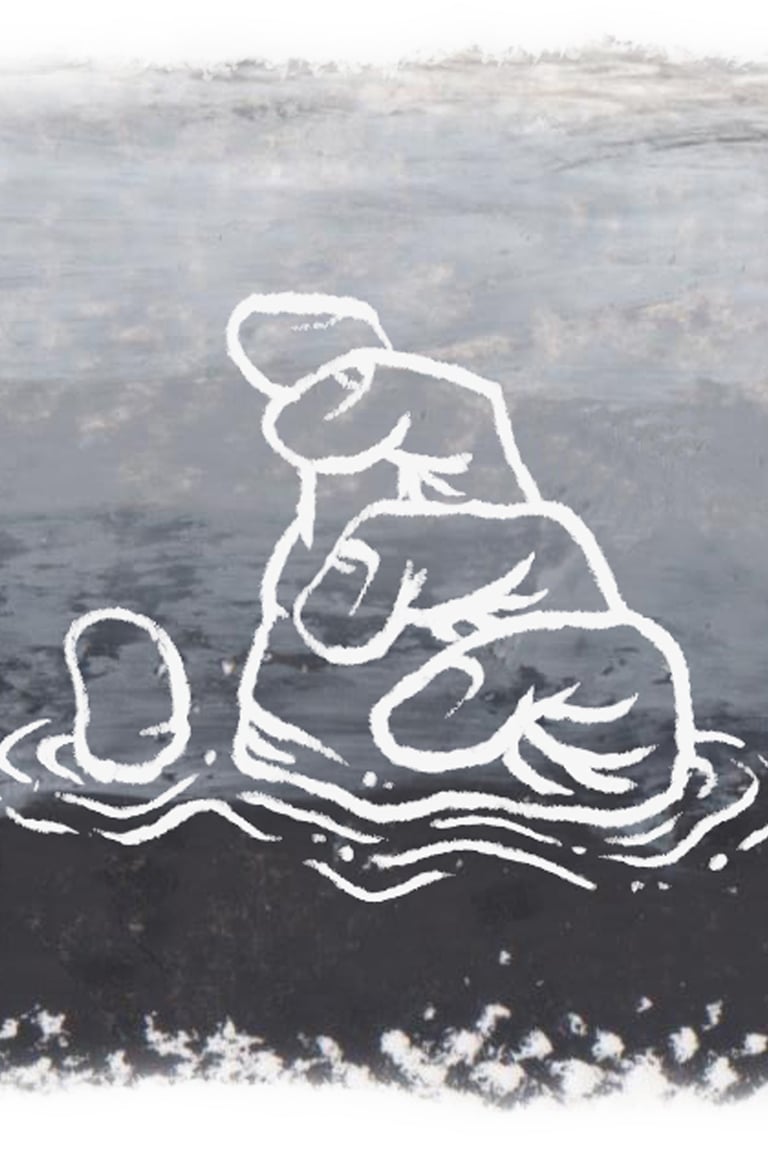

Contemporizer is a new quarterly illustrated eBook and Substack from Crowlab Studio exploring the intersection of science, psychology, and contemporary culture. Each issue takes complex ideas ranging from cutting-edge research to overlooked theories from the past, reimagining them through striking editorial illustration and accessible writing. We are currently building our first issue and it is set for release in January 2026.
The eBook serves as a curated, polished collection of illustrated articles, while the Substack offers readers a behind-the-scenes look at the creative process, including sketches, research notes, and reflections on how ideas take shape visually where we seek collaborations with notable writers and researchers.
Together, they provide both a finished body of work and an ongoing dialogue with its readers, bridging art and science in a way that is insightful, visually compelling, experimental and relevant to today’s fast-paced world.
Crowlab Studio sees editorial illustration as a way to translate complex ideas into clear, impactful visuals that spark reflection and dialogue while also crossing language barriers. We aim to create quality editorial illustrations that not only support journalism but also add a critical, independent voice alongside it. Editorial Illustration is a tool to deepen understanding, challenge assumptions, and offer fresh perspectives on contemporary issues that we all share but rarely discuss.
Conceptual Scientific Editorial Illustration is the passion project of Crowlab Studio, presented though the 'Contemporizer' Substack and eBook. As well as Scientific Editorial outlets, we want to collaborate with research teams and the wider scientific community to concisely communicate their vital work to the general public. The ‘Scienthusiast Weekly’ is an MA FMP project in which an entire magazine eBook was created and illustrated to explore an array of different topics and material uses. These are also the preliminary pieces for our new Contemporizer eBook project, set for launch in 2026, with these being a selection of our favourites.
Editorial Selection
This article response for our Contemporizer project features watercolour on 300gsm paper, brush-pen and inverted pigment ink in a layered composition. The article discusses how we can reconnect with nature and 're-wild' ourselves in the modern world.
The original article can be found here: https://psyche.co/guides/how-to-reconnect-with-your-wild-nature
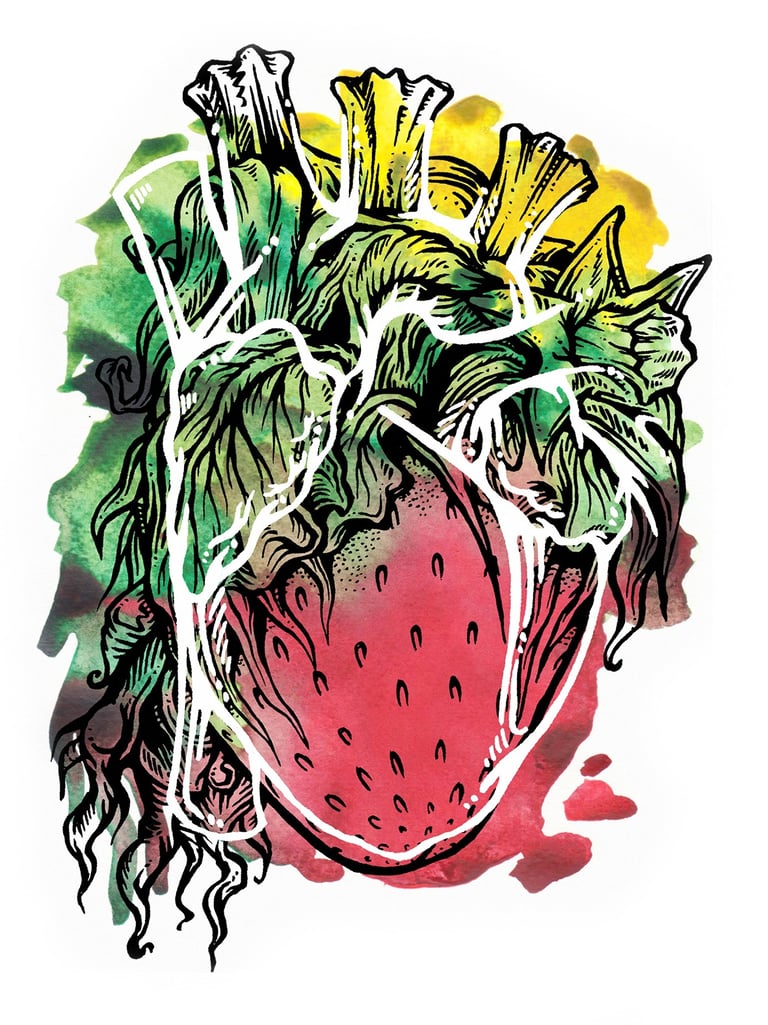

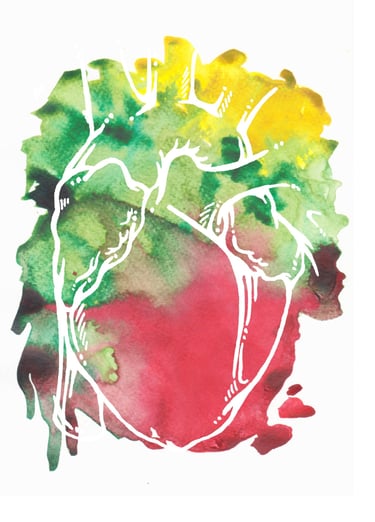

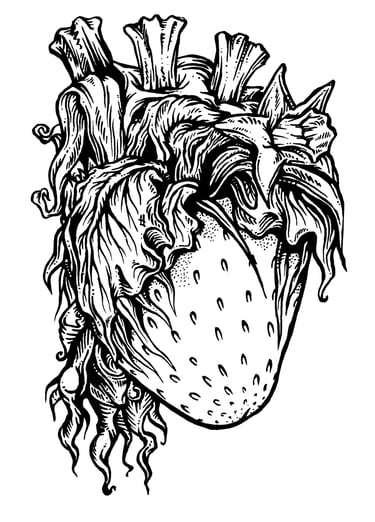

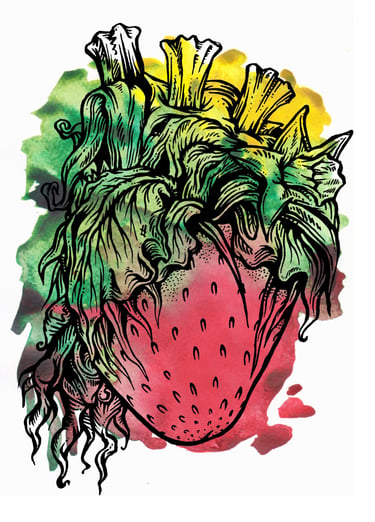

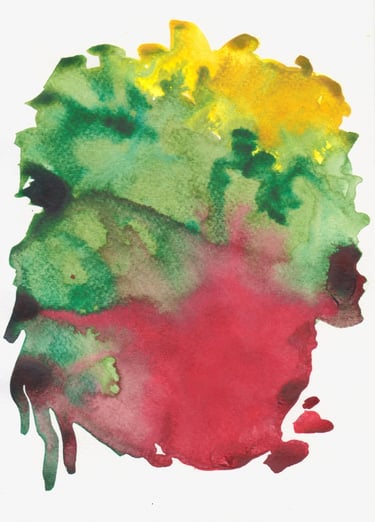

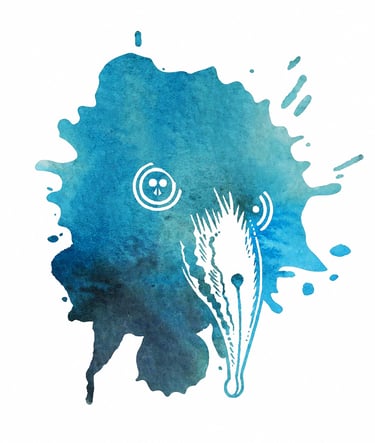



This illustration was developed after an interview with a scientist at Oxitec, Oxford, a leading UK laboratory for malaria vaccines. Watercolour and digital drawing.
This article response was created to reflect the human emotional reaction to climate anxiety using Indian Inks, watercolour, permanant ink, white charcoal and digital textures. The original article can be found here: https://psyche.co/guides/how-to-cope-with-climate-anxiety-and-take-action
This experimental response intends to reflect the all-encompassing nature of grief using greyscale oil pastels on heavily textured paper with an inverted digital brush-pen. The original article can be found here: https://psyche.co/guides/how-to-express-the-thoughts-and-feelings-of-your-grief
This article response features digitally layer watercolour on 300gsm paper and brush-pen. The original article can be found here: https://www.theguardian.com/science/2024/mar/09/controversial-new-theory-of-gravity-rules-out-need-for-dark-matter
This article response represents the multi-levelled theory held by Carl Jung about the foundation of the human psyche using layered Indian Ink on 300 gsm paper behind a surreal brush pen drawing incorporating a portrait of Jung himself. The full article can be found here: https://psyche.co/ideas/for-jung-architecture-was-a-tool-to-represent-the-psyche
In this article response the ancient Maya mythology behind solar eclipse phenomena is represented by a well-researched Mayan stylised ink drawing layered on top of an edited eclipse photograph from the public domain. The full article can be found here: https://www.scientificamerican.com/article/to-ancient-maya-solar-eclipses-signified-clashing-gods/


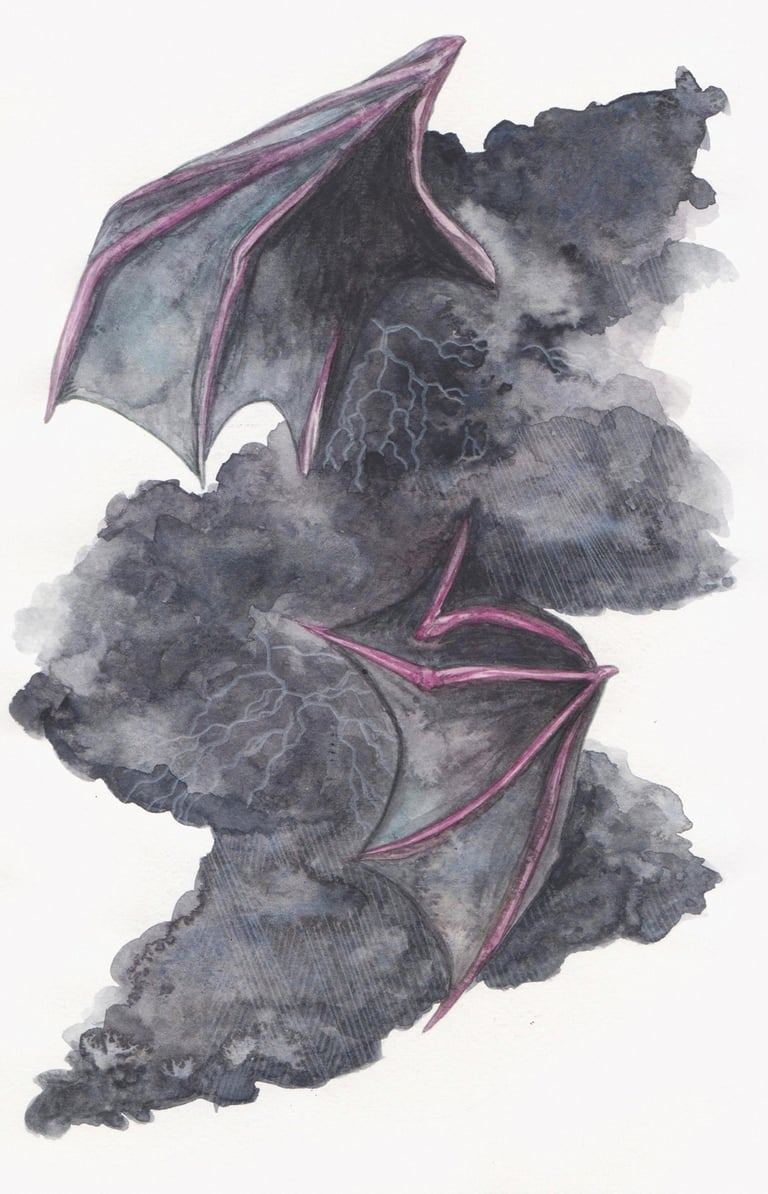

'Storm-Surfing Bats Seen Using The Weather to Cover Astonishing Distances' article response illustration for Contemporizer eBook. Graphite, watercolour and white charcoal.

